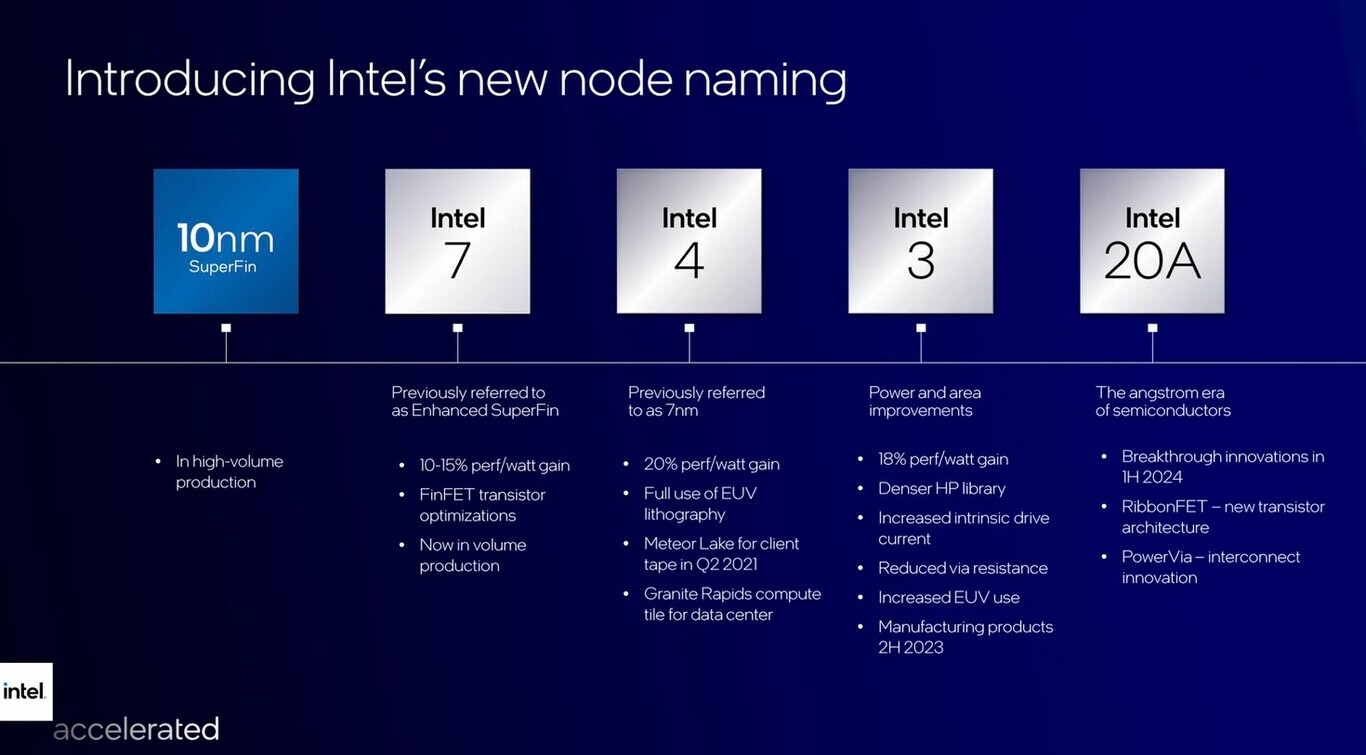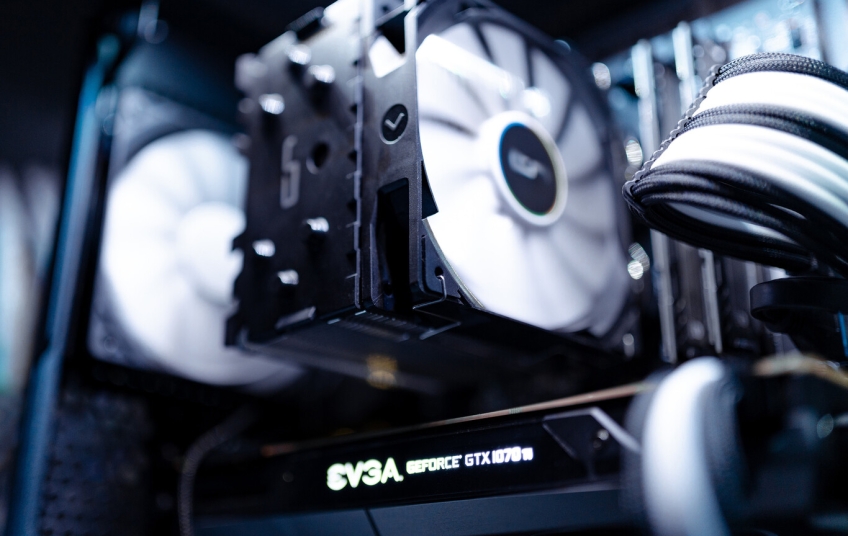We are living in bad times for PC enthusiasts. During the last year and a half, getting a good part of the components we need to renew the hardware of our computer at the official price set by the manufacturers, and, therefore, avoiding the clutches of speculators, is being practically impossible. In these circumstances, it is difficult not to get carried away by frustration, and worst of all, nothing seems to indicate that the outlook will improve in the short term.
Users who need to buy a complete PC already assembled have it a little easier. Most of the distributors and equipment manufacturers are reserving the scarcely available stock of some components, especially graphic cards, for the machines that they sell assembled, something that under the circumstances is perfectly legal. The problem is that those who only need to renew some of the components of their computer have a very difficult time.
This is the situation in which a semiconductor crisis has placed us, which in the short term doesn't seem willing to give us a truce. Not even a small one. The most optimistic forecast about the arrival of its end has been offered by Pat Gelsinger, the CEO of Intel. This executive predicted at the end of last April that the enormous investment that must be made to start up new integrated circuit factories and the time that must be invested in this process will cause the chip deficit to continue for two more years.
According to Pat Gelsinger, the CEO of Intel, the crisis will continue throughout 2022, and the outlook will possibly improve in 2023.
These statements invite us to assume that the crisis will last throughout 2022, and the outlook will possibly begin to improve slightly in 2023. At the moment none of the senior officials of the companies that manufacture integrated circuits has dared to predict precisely when they will achieve put an end to the imbalance that has placed us in this situation, but their statements show that the deficit will take its last blows in 2024.
This is what it is, and users, unfortunately, have no choice but to assume it. At this juncture, it is undoubtedly preferable to extend the life of the current components of our PC as much as possible and look to the future with the intention of renewing it as soon as the hardware market returns to its course. Intel and AMD have already given us some clues about the microprocessors they will put in stores at the end of 2022 and throughout 2023. They paint really well, so we suggest you take a look at what we know about them. Perhaps that way we can maintain the illusion with the hope that when they arrive all this will be behind us. Or, at least, is about to do so.
AMD is excited with Zen 4, and Intel is determined to get the batteries with its photolithography
At the beginning of last November Lisa Su, the general director of AMD, announced some of the characteristics that the Zen 4 microarchitecture processors will have that will arrive during 2022 and 2023. The EPYC 'Genoa' and EPYC 'Bergamo' chips from Those who spoke at that event will be aimed at workstations and data center equipment but will share the essential characteristics of their microarchitecture with processors codenamed 'Raphael', which will possibly be the first Zen 4 chips destined for our PCs, and that could arrive at the end of 2022.
The 'Genoa' processors will incorporate up to 96 cores, will be manufactured using TSMC's 5 nm photolithography and will arrive throughout 2022. The 'Bergamo' chips will have up to 128 cores and will also be produced with 5 nm integration technology, but They will incorporate some Zen 4 cores slightly different from those of 'Genoa', known as Zen 4c. Apparently, these cores will be optimized to process applications in the cloud that demand a high level of parallelism. The 'Bergamo' processors with Zen 4c microarchitecture will arrive in 2023.
And finally, as I mentioned above, the first Ryzen CPUs with Zen 4 microarchitecture, known by the code name 'Raphael', will possibly arrive by the end of 2022. They will incorporate up to 16 cores, they will be able to simultaneously process a maximum of 32 threads (threads), and the like 'Genoa' and 'Bergamo', coexist with memory modules DDR5 and implement the interface PCI Express 5.0, two technologies that we now propose chips Intel Core 12th generation microarchitecture Alder Lake-S.

Let's go now with Intel. Our review of the Intel Core i9-12900K and Core i5-12600K processors showed us that these chips perform spectacularly. Its high-productivity cores deserve a special mention because they are, objectively, a true devourer of execution threads. However, they also have two Achilles heels: their high consumption and their high capacity to dissipate thermal energy when the load to which they are subjected is maximum.
This behavior clearly reflects that these processors would benefit greatly from a more advanced integration technology than the one they are being manufactured with, which, according to Intel, is comparable to the 7nm node from TSMC or Samsung. And this company seems to be putting all the meat on the grill to solve this handicap.
In fact, in the roadmap that we publish above these lines, we can see that Intel expects to start the production of chips with Intel 3 photolithography during the second half of 2023. And, what is even more surprising, in 2024 it plans to have its lithography ready 20 angstroms (equivalent to 2 nm). However, this is not all.
It also ensures that during that same year it will begin to produce chips using the RibbonFET transistor architecture, which is set to replace the current FinFET. It doesn't sound bad at all. Let's keep our fingers crossed that both Intel and AMD deliver on what they have promised us, and, above all, that in 2023 we will finally witness the end of the semiconductor crisis.





